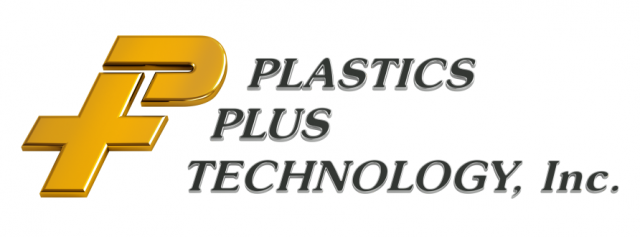The world is producing more and more plastic waste everyday and it is important that designers take into account how their products will be discarded once they reach end of life. Traditional resin materials do not break down because bacteria do not have the capacity to break down the chemical bonds that the resin compounds are composed of. Sometimes, UV light or heat can break many of these bonds down but will create smaller and smaller particles which may not be very good for the environment, especially as these particles and chemical compounds are floating throughout the ocean and being injested by fish and wildlife.
New materials like PLA are composed of materials like corn syrup and have been designed so that bacteria can actually break down their chemical bonds in a relatively short amount of time. The long term environmental impact is greatly reduced when using PLA materials. Polylactic acid(PLA) is not derived from petroleum like most other plastic resins. It is made from abundantly available dextrose or Non GMO corn sugar. Corn is the number one source of sugar used to produce PLA but dextrose can be found in sugar beets, sugar cane, wheat or many other natural sources. Since PLA is not sourced from oil, its cost does not fluctuate with the price of oil. The biggest advantage of PLA materials is the fact that they are considered compostable.
PLA is compostable because the moisture and heat in a compost pile will attack the polymer chains and break them apart into small monomers which contain  lactic acid. Microorganisms can metabolize Lactic acid and the remaining compounds and turn them into nutrients for the soil. The bi-products of composted PLA consist of carbon dioxide, water and soil nutrients. This is a much cleaner alternative to typical plastic resins and may be a great fit for certain applications. There are many different injection molding grades of PLA and manufacturers are constantly tweaking the formula of these materials to make them meet the needs of an ever growing list of applications.
lactic acid. Microorganisms can metabolize Lactic acid and the remaining compounds and turn them into nutrients for the soil. The bi-products of composted PLA consist of carbon dioxide, water and soil nutrients. This is a much cleaner alternative to typical plastic resins and may be a great fit for certain applications. There are many different injection molding grades of PLA and manufacturers are constantly tweaking the formula of these materials to make them meet the needs of an ever growing list of applications.
One application were we have used this material is a dispensing spoon for quickly measuring formula. Like any job, there were specific requirements that the spoon had to meet, it had to be free of natural rubber latex and DEHP Plastisizer, but most importantly, the spoon had to be environmentally friendly. PLA was chosen because it easily meets the requirements for the application in a cost effective way.
There are huge advantages for utilizing Plastic resins to design parts and PLA is an interesting and environmentally friendly material to utilize on your next project. PLA is not perfect for every application though, contact PPT and we can help you in material selection for your application.
